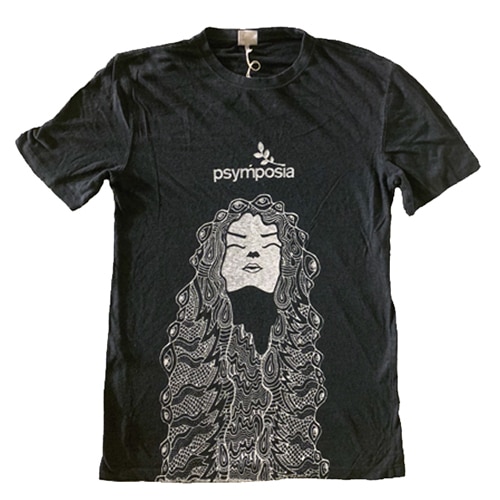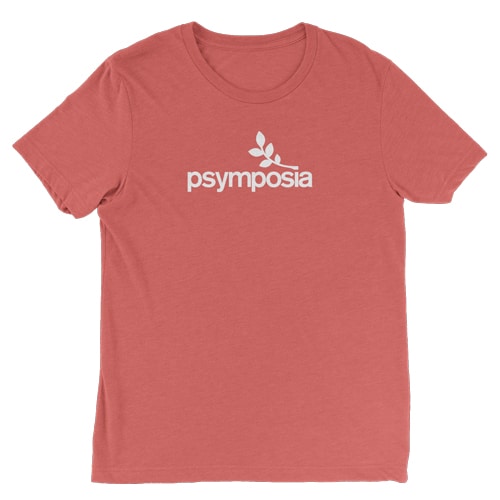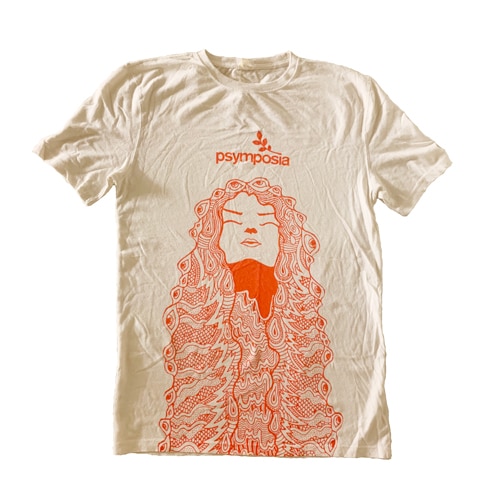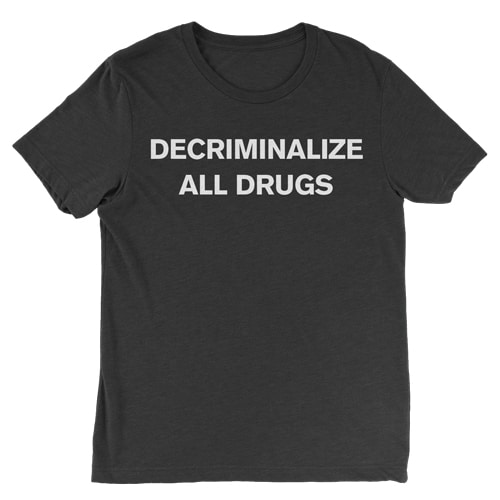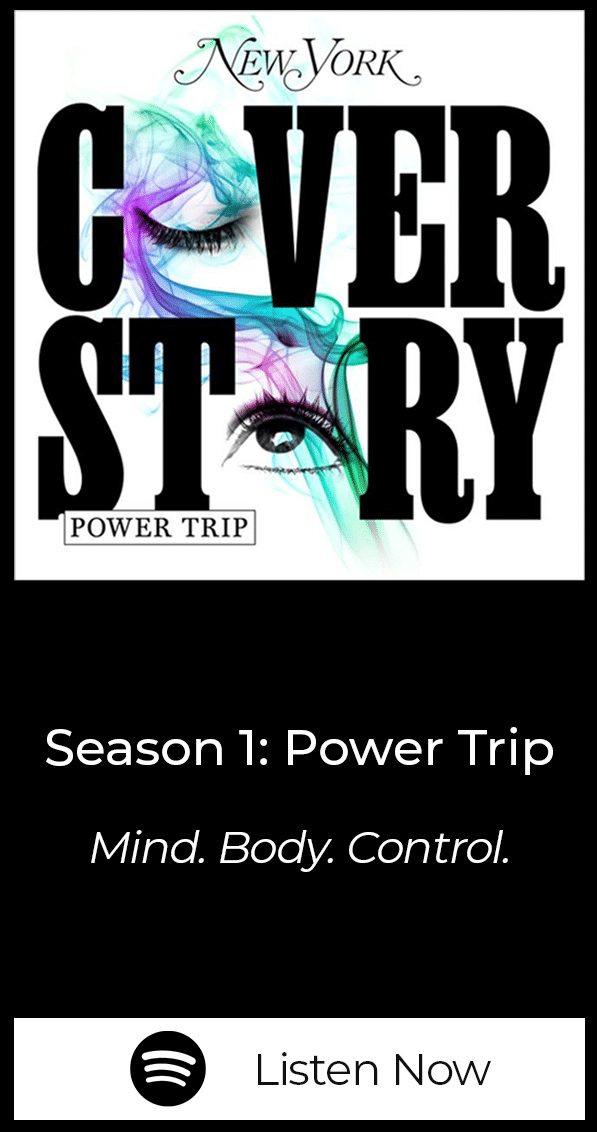What’s so controversial about microdosing?
The incredible mainstream press microdosing has received has managed to avoid many discussions.

Psymposia is a 501(c)(3) nonprofit research and media organization that offers critical perspectives on drugs, politics, and culture. We rely on contributions from our readers and listeners. Your support is vital to sustaining Psymposia.
Support Psymposia’s independent journalism on Patreon and help us drive the Mystery Machine! We’re a bunch of meddling kids who are unmasking the latest shenanigans on the psychedelics beat.
The colonists had to first unite against British rule before they could devolve into the factionalism we now see in American politics. The Bolsheviks had to unify to fight Tsarism and promote communism before the party would turn on one another, culminating in Trotsky’s exile and Stalin’s sending an assassin to stick a fork in him.
Looking back at literally every group in history that strove to transform the world and inevitably wound up breaking apart, I’m feeling especially naive about my recent efforts to keep the peace online between members of the psychedelic community. Maybe my friend Katherine MacLean is right—maybe it’s time to take the gloves off and start calling out bullshit as we see it. But how to do it while remaining true to our values as psychedelic people (and is it right to even refer to such values as a thing in the first place when psychedelics have enjoyed such proponents as Charles Manson?)
Controversy and factionalism in our community is nothing new. Leary’s belief in providing LSD to the masses ran up against the clinical approach and model. Clinicians like Gary Fisher, who’d successfully treated childhood schizophrenics with the drug in hospitals, understandably resented populism for the backlash it brought on, which took these incredibly promising treatments out of the hands of those who’d studied how to use them most effectively for decades prior. Meanwhile, Ken Kesey’s Merry Pranksters were too freewheeling for Leary and his Millbrook crowd, who held their noses above their dadaesque counterparts from the West Coast.
The Psychedelic Renaissance has enjoyed a honeymoon period during which time we’ve reconnected with the subject matter, watched it reemerge into pop culture in serious ways, and seen groups and companies begin to profit from its reemergence—even while people continue to go to prison.
This period has been marked by relative civility, although there have been a few major spats. The crucifixion of the Ethnobotanical Stewardship Council comes to mind—a painful incident in which a U.S.-based non-profit attempted to promote safety, Western style, on ayahuasca tourism in the Amazon and met with an eventual severe backlash from Amazon-based figures and groups
In 2016, the ethics of synthetic ibogaine vs plant derived iboga and ibogaine came to a brief head during a conference panel at the Global Ibogaine Conference in Mexico. Generally, though, our philosophical, ethical and personality differences have quietly seethed under the surface in the name of being a united front to usher in this cultural re-appreciation of the subject matter. Various signs suggest this to be waning, and suddenly I have R.E.M. in my head: “It’s the end of the world as we know it, and I feel fine.”
The cannabis world, which has had a similar, albeit more rapid trajectory, is experiencing a major schism at the moment. The notorious rightwing political trickster Roger Stone’s pro-pot stance got him a keynote speaker slot at the Cannabis World Congress & Business Exposition (CWCBE), costing the Congress a boycott from a growing list of other speakers, vendors and attendees. Stone’s invitation was later rescinded after the uproar it caused.
Just being pro-pot or pro-drug is no longer good enough. We haven’t yet had our Roger Stone moment, but things are heating up, especially around the topic of microdosing, which has become all the rage in Silicon Valley and beyond, making a growing number of esteemed voices in the psychedelic community uneasy for a variety of reasons.
The incredible mainstream press microdosing has received has managed to avoid any discussion, for example, about potential cardiovascular problems tied to activation of the 5HT2B receptor, which LSD, psilocybin and most other 2A agonists (aka psychedelics) bind to. The cardiovascular connection has been known since the 60’s, but was connected to 2B activation in the 90’s when the drug fen fluoramine (Phen Fen) was pulled from shelves. And oh yeah, there’ve yet to be any published studies on the toxicology of microdosing either
There’s also little mention of the psychological risks for sub populations susceptible to psychosis (for example, its ability to trigger mania). Little attention is paid to the struggle that is finding a solid source of drug, or the mechanics of titrating it correctly.
The importance of testing kits and philosophical and ethical questions relating to how plants and compounds whose message to many, at high doses, seem to be “slow down, stop destroying the environment, life is more than material possessions and ego trophies” are being used in Silicon Valley to boost production.
And of course there’s the problem of (mainly white) people of means enjoying prohibited drugs under prohibition while the drug war continues to ravage communities of color across the country.
This is not at all to say that microdosing is without promise. I can only speak for myself, but I credit microdosing in part for keeping me depression-free and able to pursue the many projects I start. I can’t and won’t recommend others use it, but for those curious enough, tempted enough and in many cases desperate enough to try, all I can say is that it has worked for me.
A clear divide has emerged between those who question the ethics of advocating the microdosing of illegal substances, and criticize the motives of those who do, and those who’ve been touched by incredible positive experiences microdosing. As has been our MO since conception, Psymposia has been interested in hearing and considering these divergent perspectives. Above all, we are committed to the safety and well being of everyone, and to find out what we’ve yet to know. I hope, as we parse out our differences, we remember that we are human, oh so human.
Hey! Before you go… Psymposia is a 501(c)(3) non-profit media organization that offers critical perspectives on drugs, politics, and culture. We strive to ask challenging questions, and we’re committed to independent reporting, critical analysis, and holding those who wield power accountable.
Our perspectives are informed by critical analysis of the systemic crises of capitalism that have directly contributed to the unmitigated growth of addiction, depression, suicide, and the unraveling of our social relations. The same economic elite and powerful corporate interests who have profited from causing these problems are now proposing “solutions”—solutions which both line their pockets and mask the necessity of structural change.
In order for us to keep unpacking these issues and informing our audience, we need your continuing support. You can sustain Psymposia by becoming a supporter for as little as $2 a month.
